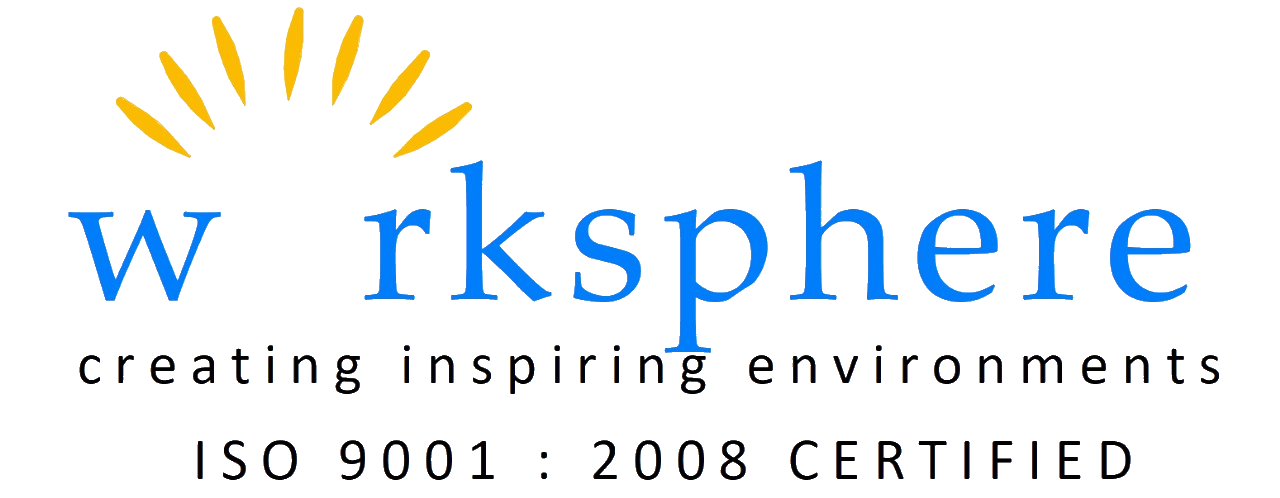In the dynamic world of architecture and design, a persisting concern revolves around the undervaluation of architectural services, particularly in the context of design consultancy projects. This blog post aims to delve into the intricacies of this issue, shedding light on the factors contributing to the perceived undervaluation and proposing constructive measures to rectify the situation.

The Complexity of Design Consultancy
Architectural design is a multifaceted process that involves a delicate interplay of various elements, including client preferences, site constraints, building codes, and sustainability considerations. Architects, as the orchestrators of spatial narratives, must navigate this intricate web of requirements to craft designs that are not only aesthetically pleasing but also functional and compliant with regulatory standards.
Design consultancy projects add an additional layer of complexity, demanding a meticulous approach that begins with in-depth client consultations. Understanding the client’s needs, preferences, and aspirations serves as the foundation for the architect’s creative endeavors. The subsequent translation of these inputs into a coherent design that meets both client expectations and regulatory requirements marks the inception of a nuanced and iterative process.
The Time and Effort Conundrum
A significant contributor to the undervaluation of architectural services lies in the misunderstanding surrounding the time and effort invested in the design process. While clients may perceive the final design as the ultimate output, the journey leading to that point is often overshadowed. Architects dedicate countless hours to researching, brainstorming, sketching, and refining concepts, with each iteration representing a step closer to the realization of the client’s vision.
The iterative nature of the design process, necessitating multiple revisions to align with evolving client expectations, further amplifies the discrepancy between perceived and actual effort. It is crucial to recognize that architectural designs are not instantaneous creations; they evolve through a series of carefully considered iterations, each demanding a significant investment of time and expertise.
The Value of Architectural Expertise
Architects bring a unique blend of artistic vision, technical knowledge, and problem-solving skills to the table. Beyond the creation of visually stunning structures, architects contribute significantly to the economic, social, and environmental aspects of a project. Their ability to optimize spatial layouts, enhance energy efficiency, and create harmonious environments plays a pivotal role in the overall success and sustainability of a building.
The undervaluation of architectural services fails to acknowledge this holistic impact, reducing the architect’s role to a mere aesthetic provider. Architects are not merely creators of beautiful spaces; they are stewards of the built environment, ensuring that the structures they design contribute positively to the communities they inhabit.
Challenges Faced by Architects
The undervaluation of architectural services is exacerbated by various challenges within the industry. Intense competition often prompts architects to engage in a race to the bottom in terms of fees, as the pressure to secure projects can compromise fair compensation. Additionally, clients’ limited understanding of the intricacies of the design process may lead to unrealistic expectations regarding both the time and cost involved.
The volatile nature of the construction industry, susceptible to economic downturns and market trends, further complicates the fee-setting process for architects. The absence of standardized fee structures across the industry adds to the ambiguity surrounding fair compensation, leaving architects in a precarious position when negotiating fees for their services.
Anchoring in Fee Negotiations
In the endeavor to address undervaluation, architects can employ the concept of “anchoring” in fee negotiations. This involves presenting a comprehensive, premium design proposal with a relatively high fee early in the discussion process. This “anchor” serves as a reference point, influencing the client’s perception of subsequent, less comprehensive options. By establishing the value of a premium service, architects can positively shape the client’s perspective on the overall cost of their expertise.
A Call for Industry Reform
To address the undervaluation of architectural services, the industry must undergo a paradigm shift in how it perceives and compensates architects. Several measures can contribute to a fairer and more equitable system:
1. Transparent Communication
Architects need to communicate more effectively with clients regarding the complexities and time-intensive nature of the design process. Educating clients about the value of architectural services, from initial concept to final execution, can foster a better understanding and appreciation for the expertise involved.
2. Standardized Fee Structures
Establishing industry-wide standards for fee structures would provide architects with a benchmark for fair compensation. Categorizing projects based on complexity, scale, and other relevant factors could enable more transparent negotiations between architects and clients.
3. Advocacy for Professionalism
Professional architectural organizations can play a pivotal role in advocating for fair compensation and promoting the value of architectural expertise. By collectively emphasizing the importance of professionalism and expertise, these organizations can contribute to a shift in industry perceptions.
4. Client Education
Clients, too, need to be educated about the multifaceted role architects play in the success of a project. A more informed client base is likely to recognize the value of architectural services, leading to a more equitable exchange of compensation for expertise.
Conclusion
The undervaluation of architectural services in design consultancy projects is a multifaceted issue that demands attention and concerted efforts for resolution. By fostering transparent communication, advocating for standardized fee structures, and promoting the value of architectural expertise, the industry can take significant strides towards rectifying the current imbalance.
Architects, as integral contributors to the built environment, deserve fair compensation for their invaluable contributions. They are not only creators of aesthetically pleasing spaces but also guardians of functionality, sustainability, and community well-being. It is time for the architecture and design industry to reevaluate its approach to fee structures, ensuring that the creative minds shaping our world are duly recognized and compensated for their expertise and dedication. In doing so, we can foster a sustainable and mutually beneficial relationship between architects and their clients, resulting in the creation of exceptional spaces that stand the test of time.

